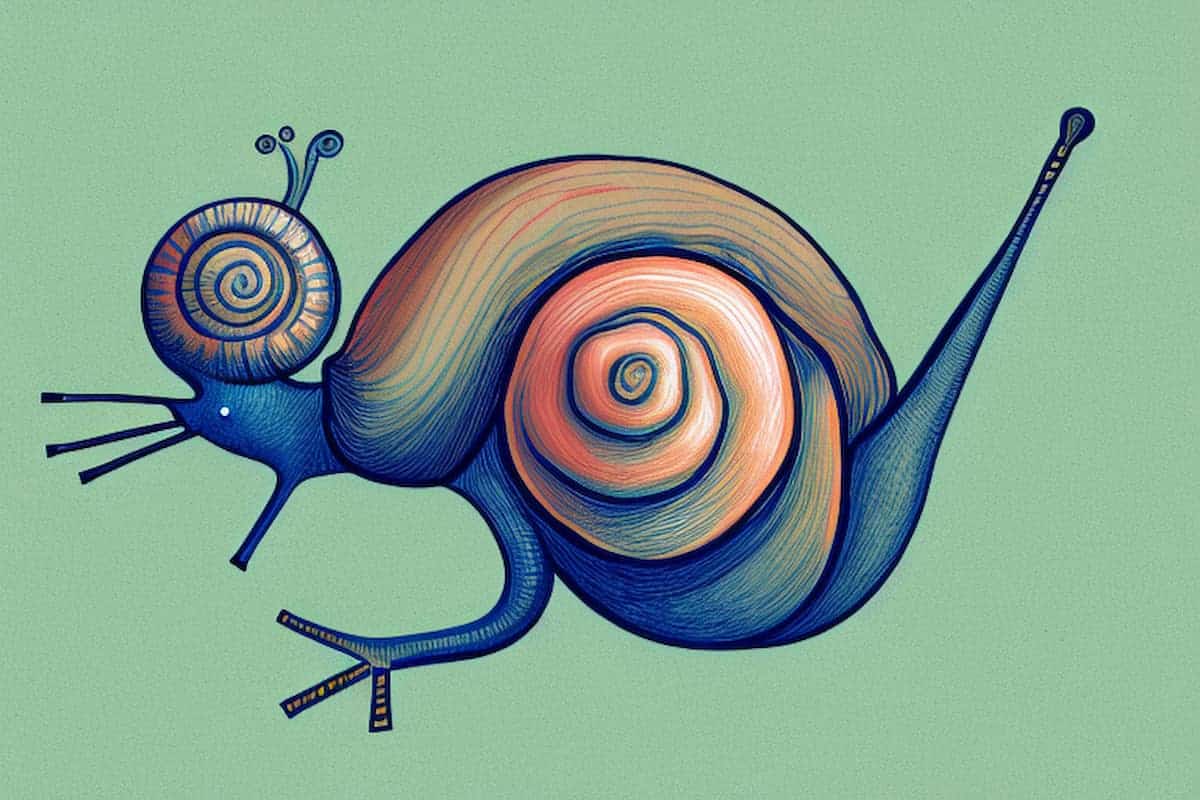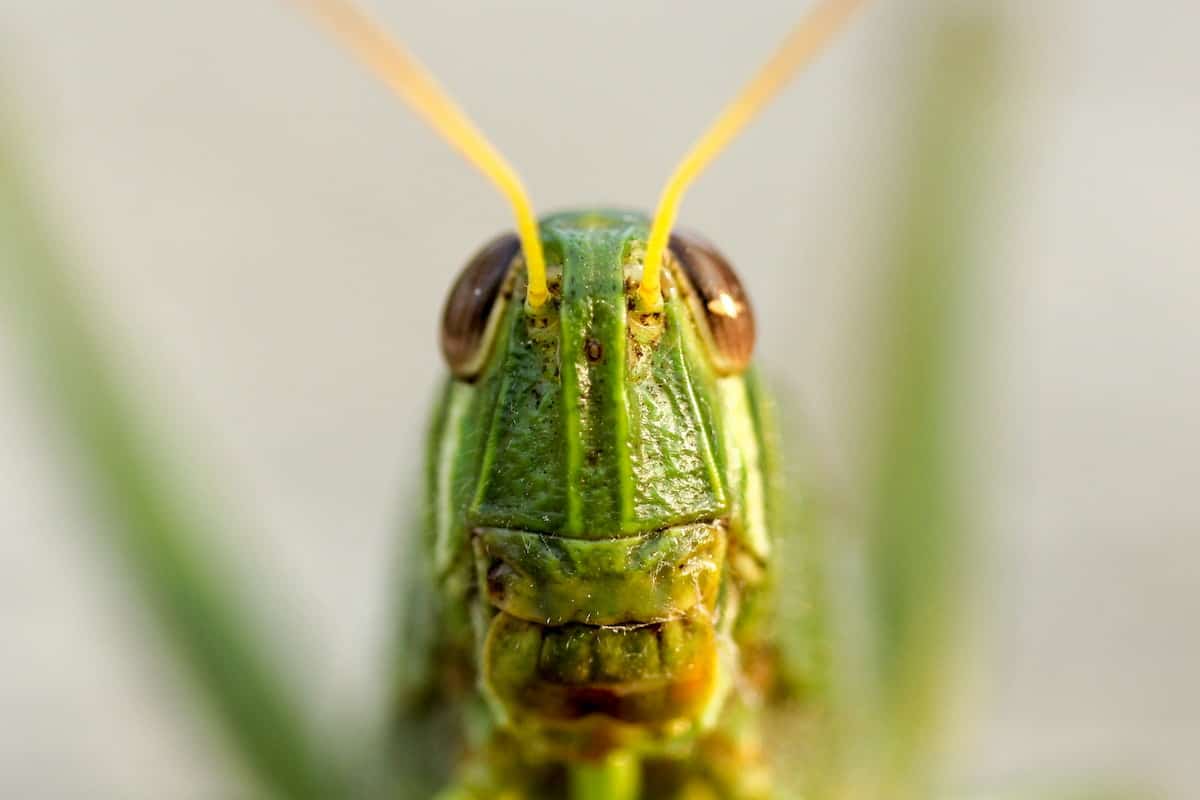Aquarium snails are fascinating creatures that capture the attention of many aquarists. They are not just fun to watch, but also serve an essential role in maintaining a healthy aquatic ecosystem. One question that often crosses the minds of snail owners is whether their snails sleep and, if they do, how it works. In this article, we’ll delve into the sleep habits of aquarium snails to give you a comprehensive guide on the topic.
Understanding Snail Sleep Patterns
Before we get into the details of snail sleep, let’s first understand what sleep means. Sleep is a state of rest triggered by a natural rhythm known as the circadian rhythm. It involves a series of physiological and behavioral changes that allow the body to rest and regenerate.
The Science Behind Snail Sleep
Like most animals, snails have a 24-hour circadian rhythm that regulates their sleep-wake cycle. They also have a natural internal clock that tells them when it’s time to sleep and wake up. This internal clock is located in the snail’s brain and is influenced by environmental cues such as light and temperature.
Interestingly, snails are nocturnal creatures, which means that they are most active during the night and tend to sleep during the day. This is because snails are more vulnerable to predators during the day, and sleeping during the day helps them avoid danger.
When it’s time for a snail to sleep, its metabolic rate slows down, and its body temperature drops. This allows the snail to conserve energy while it rests. The snail also becomes less responsive to external stimuli, and its body’s activities reduce significantly.
How Snails Rest and Conserve Energy
Snails rest by retracting into their shells and closing the operculum, a hard covering that seals the shell’s opening. This protects the snail from predators and harsh environmental conditions and keeps the snail moist to prevent dehydration. Snails also produce a slime trail that further helps to conserve their energy.
During sleep, snails enter a state of torpor, which is a form of deep sleep. In this state, the snail’s body reduces its energy consumption to the minimum level necessary for survival. This allows the snail to conserve energy and survive in harsh conditions where food and water may be scarce.
Factors Affecting Snail Sleep Patterns
Several factors influence snail sleep patterns, including the presence or absence of predators, food availability, lighting conditions, and temperature. These factors can cause snails to adjust their sleep habits and duration, depending on their immediate environment.
For example, if a snail detects the presence of a predator, it may stay awake for longer periods to avoid being caught. Similarly, if food is scarce, a snail may sleep for longer periods to conserve energy and survive until food becomes available.
Lighting conditions also play a vital role in snail sleep patterns. Snails are sensitive to light and tend to sleep during the day when it’s dark and wake up at night when it’s bright. Temperature is another critical factor that affects snail sleep patterns. Snails are cold-blooded creatures, which means that their body temperature is regulated by the environment. If the temperature is too low, a snail may sleep for longer periods to conserve energy and maintain its body temperature.
In conclusion, snail sleep is a fascinating topic that has many intricacies. Understanding the science behind snail sleep and the factors that affect their sleep patterns can help us appreciate these creatures’ unique adaptations and survival strategies.
Types of Aquarium Snails and Their Sleep Habits
Aquarium snails are fascinating creatures that can add a unique element to any aquarium. Not only are they visually appealing, but they also play a crucial role in maintaining the health of your aquarium. However, have you ever wondered about their sleep habits?
Common Aquarium Snail Species
Before we dive into their sleep habits, let’s take a look at the most common species of aquarium snails:
- Nerite snails
- Apple snails
- Mystery snails
- Trumpet snails
Each of these species has its own unique characteristics and behaviors, including their sleep habits.
Comparing Sleep Habits Among Different Snail Species
While all snails have similar sleep patterns, some species tend to sleep more than others. For example, mystery snails are known to sleep for longer durations and require more darkness than other snail species to initiate sleep. They are also known to become more active at night, so if you have a nocturnal aquarium, they may be the perfect addition.
Nerite snails, on the other hand, require less sleep and can even be active during the day. They are known to be more active in the early morning and late afternoon, making them a great addition to a daytime aquarium.
Apple snails and trumpet snails fall somewhere in between, requiring an average amount of sleep and being active during both day and night.
It’s important to note that while snails do sleep, their sleep patterns may not be as noticeable as other animals. They may simply become less active or retract into their shells for periods of time.
Overall, understanding the sleep habits of your aquarium snails can help you create a more natural and healthy environment for them. Whether you prefer a daytime or nighttime aquarium, there’s a snail species out there that’s perfect for you.
How to Identify When Your Aquarium Snail is Sleeping
Signs of Snail Sleep
Identifying when your snail is sleeping can be challenging, as it is not always easy to tell the difference between an inactive snail and a sleeping one. However, some signs that your snail is sleeping include:
- The snail is motionless and withdrawn into its shell
- The snail is not responding to external stimuli
- The snail’s operculum is tightly shut
It is essential to note that snails do not have eyelids, so it can be challenging to tell when they are sleeping. However, if you notice your snail displaying the above signs, it is safe to assume that it is sleeping.
Sleep Schedules and Duration
The sleep schedule and duration of aquarium snails vary depending on their species and environmental conditions. Snails are nocturnal creatures, which means they are most active at night. Therefore, they tend to sleep during the day and come out to forage for food at night.However, most snails require at least eight hours of sleep to function correctly. It is worth noting that snails do not have a defined pattern of sleeping. Instead, they sleep in short bursts throughout the day and night.If you notice your snail sleeping for an extended period, it could be a sign of an underlying health issue. It is essential to monitor your snail’s sleeping patterns and seek veterinary attention if you notice any changes.
Do Snails Sleep at the Same Time?
No, snails do not sleep at the same time. As mentioned earlier, their sleep is sporadic and can occur at any time throughout the day and night. It is also worth noting that different species of snails have different sleep patterns. Therefore, it is difficult to synchronize their sleep cycles.Some species of snails are more active during the day, while others are more active at night. Therefore, it is essential to research your snail’s species to understand its sleep patterns fully.In conclusion, identifying when your aquarium snail is sleeping can be challenging, but by understanding their sleep patterns, you can monitor their health and well-being. Remember to provide a comfortable and safe environment for your snail to sleep in, and seek veterinary attention if you notice any changes in their sleeping patterns.
Creating an Ideal Environment for Snail Sleep
Aquarium Setup and Sleep Considerations
To encourage healthy sleep patterns in your aquarium snails, you need to create an ideal environment that promotes natural behaviors. This means providing adequate hiding places, a quiet and dimly lit location, and consistency in feeding and light schedules.
Snails are fascinating creatures that require specific environmental conditions to thrive, and sleep is an essential part of their lives. To ensure that your snails get the rest they need, you must create an environment that mimics their natural habitat as closely as possible. This includes providing a substrate that allows them to burrow, crawl, and explore, as well as a variety of plants and decorations that offer hiding places and stimulation.
The Role of Light and Temperature in Snail Sleep
The lighting and temperature in your aquarium directly affect your snails’ sleep patterns. For example, too much light and heat may cause your snails to become active during their sleep cycle, causing disturbance and stress. You should also avoid sudden changes in the lighting and temperature of your aquarium, as this can also disrupt your snails’ sleep habits.
It is crucial to maintain a consistent light and temperature schedule in your snail’s aquarium to promote healthy sleep patterns. Snails are sensitive to changes in their environment and can become stressed or disoriented if the lighting or temperature suddenly changes. Therefore, it is best to keep the lighting and temperature consistent and avoid any sudden fluctuations.
Providing Safe Spaces for Snails to Rest
Giving your snails hiding spots in your aquarium provides safe and secure places for them to rest. These hiding spots can be plants, rocks, or cave-like structures that offer protection from predators and harsh environmental conditions.
Snails are prey animals, and they need to feel safe and secure to sleep soundly. Providing hiding spots in your aquarium not only gives your snails a place to rest, but it also helps to reduce stress and anxiety. When your snails feel safe and secure, they will be more likely to sleep deeply and wake up feeling refreshed and ready to explore their environment.
In conclusion, creating an ideal environment for snail sleep requires careful consideration of their natural behaviors and needs. By providing hiding places, maintaining a consistent light and temperature schedule, and avoiding sudden changes, you can help your snails get the rest they need to thrive.
Conclusion
In conclusion, aquarium snails do sleep, and understanding their sleep habits is essential. Providing a conducive environment for your snails to rest promotes their health and longevity. By following the tips highlighted in this article, you can ensure that your aquarium snails get the rest they need to thrive in your tank.




